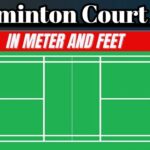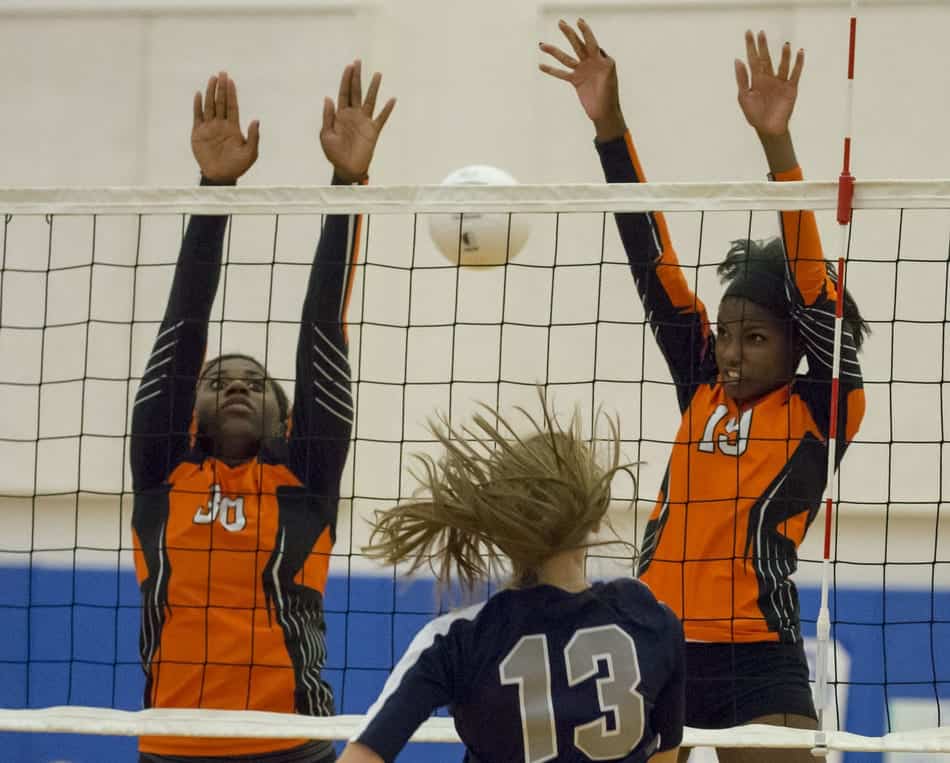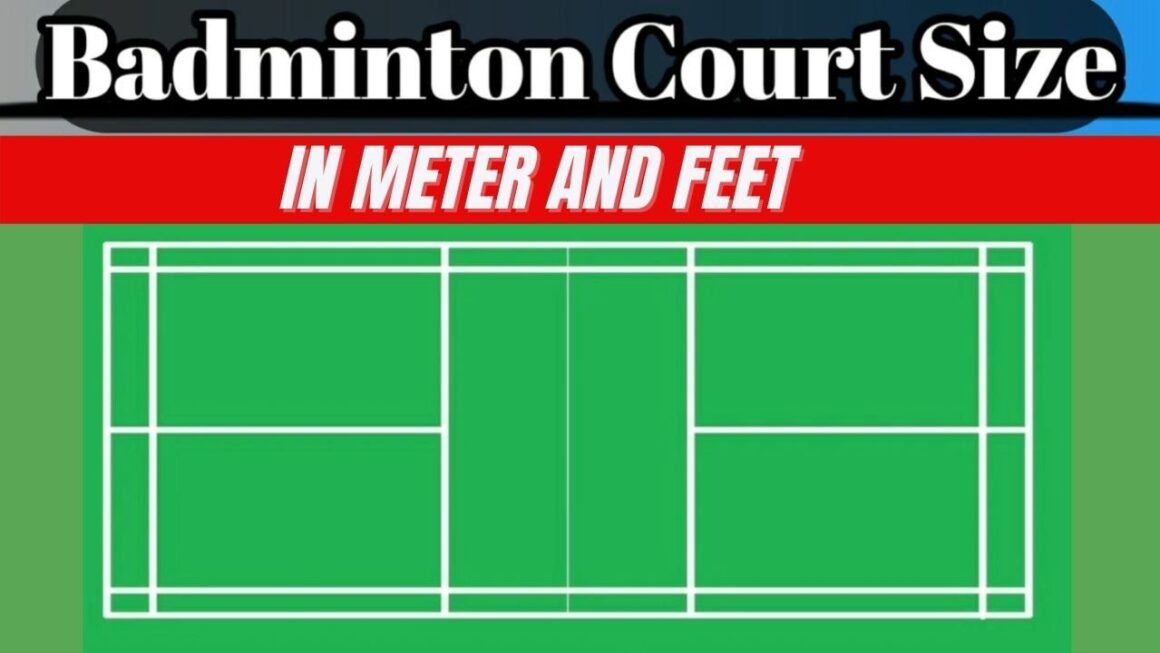Volleyball is a thrilling and popular sport enjoyed by people of all ages. However, to ensure a safe and enjoyable game, proper maintenance of the volleyball net is crucial. By following the dos and don’ts of volleyball net maintenance, you can prolong its lifespan, prevent injuries, and maintain the integrity of the game. In this article, we will explore essential tips for caring for your volleyball net, highlighting the dos and don’ts to keep in mind.
Table of Contents
Dos for Volleyball Net Maintenance

Taking care of your volleyball net requires attention to detail and regular upkeep. Here are some important dos to keep your net in top condition:
a) Regular Inspections: Check the net for any signs of wear and tear, such as frayed edges or loose stitching. Repair or replace damaged parts promptly.
b) Cleaning: Regularly clean the net using a mild detergent and water to remove dirt, debris, and sweat.
c) Proper Storage: When not in use, store the net in a cool, dry place away from direct sunlight to prevent fading and deterioration.
d) Tension Adjustment: Ensure the net is properly tensioned before each game to maintain its height and prevent sagging.
Don’ts for Volleyball Net Maintenance

To avoid damaging your volleyball net and compromising player safety, it is important to be aware of the following don’ts:
a) Overexposure to Sunlight: Prolonged exposure to direct sunlight can weaken the net’s fibers, leading to premature deterioration. Avoid leaving the net exposed for extended periods.
b) Improper Handling: Avoid dragging the net on the ground or using excessive force when setting it up or taking it down. Handle with care to prevent unnecessary stress and damage.
c) Neglecting Repairs: Ignoring minor damages can result in more extensive problems later on. Promptly repair any tears or loose stitching to maintain the net’s integrity.
d) Storing While Damp: Avoid storing the net while it is still damp or wet, as this can lead to mold and mildew growth. Allow it to dry completely before storing.
Protecting Against Environmental Factors
Environmental factors can significantly impact the lifespan of your volleyball net. By taking the necessary precautions, you can minimize their effects. Here are some tips to protect your net:
a) Wind: Strong gusts of wind can cause the net to flap excessively, potentially leading to tears. Use stakes or sandbags to secure the net and minimize its movement during play.
b) Rain and Moisture: Exposure to rain and moisture can weaken the net’s fibers and promote mold growth. Whenever possible, bring the net indoors or cover it with a waterproof tarp during inclement weather.
c) Extreme Temperatures: Extreme heat or cold can negatively affect the net’s materials. Avoid storing or playing with the net in extreme temperatures, as it can lead to faster deterioration.
d) Pest Control: Regularly inspect the net for signs of pest infestation, such as insect nests or rodent damage. Take appropriate measures to eliminate pests and prevent further damage.
Extending the Lifespan of Your Volleyball Net
With proper care and maintenance, you can extend the lifespan of your volleyball net. Here are a few additional tips to help you get the most out of your investment:
a) Replacement Parts: Keep spare parts on hand, such as extra ropes or tensioning devices, to quickly address any issues that arise.
b) Professional Repair: If your net sustains significant damage, consider contacting a professional repair service that specializes in sports equipment. They can provide expert repairs or offer guidance on replacement options.
c) Periodic Inspections: Conduct regular inspections to identify any potential issues before they escalate. Look for signs of wear, such as stretched or frayed ropes, loose connections, or damaged hardware. Addressing these problems early on will prevent further damage and ensure the net remains in optimal condition.
d) Proper Net Height: Always set the net at the appropriate height for the level of play. Adjusting the net to the correct height not only ensures fair gameplay but also reduces unnecessary strain on the net itself.
e) Safe Storage: When storing the net for an extended period, ensure it is properly folded or rolled to avoid creasing or tangling. Use a storage bag or container to protect it from dust, moisture, and pests.
DIY Repairs and Maintenance

While some minor repairs may be easily managed by following instructions, it’s important to exercise caution and know your limits. Here are a few DIY tips for common volleyball net maintenance:
a) Patching Holes: If you notice small holes in the net, you can patch them using a repair kit specifically designed for sports nets. Follow the instructions carefully to ensure a secure and long-lasting repair.
b) Replacing Ropes: Over time, the ropes that attach the net to the poles may become worn or damaged. Replace them with ropes of the same thickness and quality to maintain proper tension and stability.
c) Lubricating Hardware: Apply a lubricant, such as silicone spray, to the hardware components, such as tensioning devices or pulleys, to ensure smooth operation and prevent rust or corrosion.
d) Knot Inspection: Regularly check the knots on the net for tightness and security. Re-tie any loose or weakened knots to maintain the net’s stability during gameplay.
Professional Maintenance Services
In certain instances, it may be necessary to seek professional assistance for volleyball net maintenance. Here are a few scenarios where professional services can be beneficial:
a) Net Reconditioning: If your net has sustained significant damage or shows signs of deterioration beyond simple repairs, consider engaging a professional net reconditioning service. They can evaluate the net’s condition and recommend appropriate measures, such as resewing or replacing worn-out sections.
b) Annual Inspections: Schedule annual inspections with a sports equipment maintenance provider to ensure your volleyball net meets industry standards and safety regulations. These professionals will thoroughly inspect and assess your net, providing you with a comprehensive report and recommendations for any necessary repairs or replacements.
c) Preventive Maintenance Contracts: Consider entering into a preventive maintenance contract with a reliable service provider. These contracts typically include regular inspections, routine maintenance, and prompt repairs, ensuring that your volleyball net remains in excellent condition throughout the year.
Conclusion
Proper maintenance of your volleyball net is essential for both the longevity of the equipment and the safety of the players. By following the dos and don’ts outlined in this article, you can ensure that your net remains in top condition, allowing for enjoyable and safe gameplay. Regular inspections, proper storage, protection against environmental factors, and timely repairs are key to maintaining the integrity of the net. Whether you choose to handle minor repairs yourself or seek professional assistance, investing time and effort in net maintenance will pay off in the long run, providing you with years of volleyball enjoyment. learn about: Spiking Style and Comfort: Ace Your Game with the Perfect Volleyball Shorts












